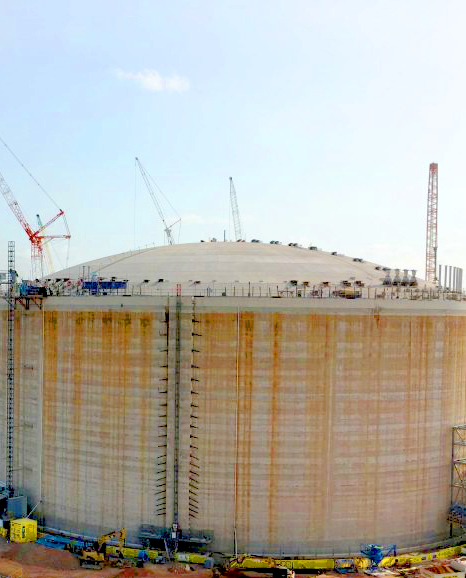ACCC sees gas issue
 Regulators have forecast a supply shortfall of 30 petajoules in Australia’s east coast gas market this year.
Regulators have forecast a supply shortfall of 30 petajoules in Australia’s east coast gas market this year.
The ACCC’s latest gas inquiry report says a serious shortfall is possible if LNG producers were to export all their uncontracted gas. However, the LNG producers have enough uncontracted gas to prevent a domestic shortfall.
The report covers a period of record high domestic gas prices, which led to the Australian Government introducing a temporary price cap in late December 2022.
As the data in the report goes up to early December 2022, it does not yet show the impact of the recent price cap.
In July last year, the ACCC forecast a 56 petajoules (PJ) supply shortfall in 2023.
The latest report shows that outlook has improved, with Australia’s east coast now forecast to produce 1,983 PJ of gas in 2023 compared to demand of 2,013 PJ. 1,296 PJ of that gas is forecast to be exported overseas by the three LNG ventures in Queensland under long-term contracts.
The LNG producers are also expected to produce a further 146 PJ more than they need to meet their contractual commitments, of which 30 PJ is needed domestically to avoid a shortfall.
“The east coast gas supply forecast for 2023 has improved, but the outlook remains uncertain as the LNG producers haven’t yet committed sufficient volume under firm contracts to address the risk of a domestic shortfall,” ACCC Chair Gina Cass-Gottlieb said.
The report shows that the three LNG producers have been net withdrawers of gas from the domestic market since 2021, buying more gas from other gas producers than they supply to domestic customers, which has worsened the gas shortfall.
Demand for gas in the southern states is expected to exceed production by 52 PJ from gas sources located in the southern states, which is equivalent to about 12 per cent of forecast southern demand.
While the latest information suggests forecast gas production from the Gippsland Basin will increase in 2023, this is offset by a reduction in forecast production from the Otway Basin due to unexpectedly poor performance of gas wells.








 Print
Print